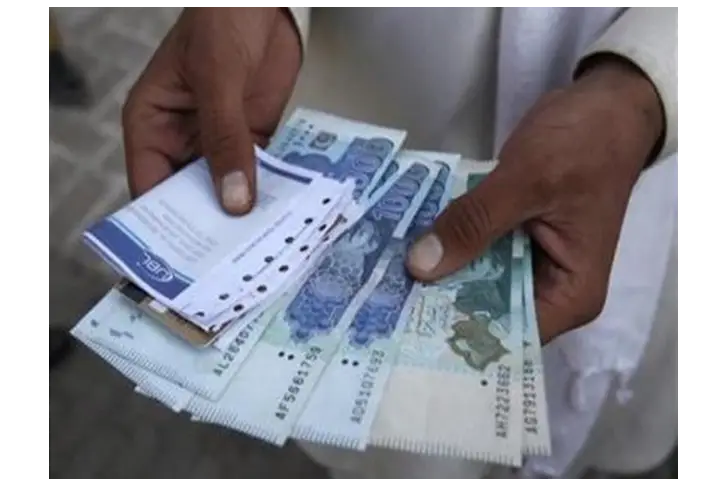

Pakistan exits FATF grey list but its economic woes continue
Pakistan’s exit from the Financial Action Task Force’s (FATF) grey list has brought little cheer to the country’s economic managers even as estimates suggest that the cumulative real GDP losses for the country due to the blacklisting had soared to $38 billion. The severe floods and rising political uncertainty have caused the country’s economic situation to deteriorate further in the last few months.
Ishaq Dar, Finance Minister of the country, who replaced Miftah Ismail a month ago has had little impact on the situation.
Local newspaper Dawn in its report said that forex reserves held by the country’s central bank were close to nil. Of the total amount, $2.3 billion has been credited by China, $3 billion was deposited by Saudi Arabia and $1.2 billion came from the International Monetary Fund (IMF). The rest is also based on borrowings from commercial banks, the newspaper said, adding that Pakistan seems to be isolated.
Though the South Asian nation has managed to avert an immediate default, its foreign exchange reserves continue to remain below the $8 billion mark.
While Pakistan would require about $32 billion for debt repayment in the current financial year, on October 21, the country’s foreign currency reserves stood at $7,439.9 million, a fall of $157 million compared to $7,597.2 million held by the State Bank of Pakistan on October 14.
After the initial recovery soon after Dar assumed charge, the Pakistani currency is once again on a slide. On Monday, however, it managed to gain more than Rs 2 to a dollar. It traded at about 220.5 to a US dollar on Monday after Friday’s close of Rs 222.47.
An analyst dealing with South Asia said that the economic crisis will linger “until bold reforms are implemented.”
“But that is not going to be the case and now with general elections inching closer, policies may be more towards populism. We saw how Miftah Ismail (Pakistan’s former finance minister) was removed despite being able to steer away from a default,” he told India Narrative.
After Moody’s, ratings agency Fitch too has downgraded Pakistan’s Long-Term Foreign-Currency Issuer Default Rating (IDR) to ‘CCC+’ from ‘B-‘. This will make borrowing even tougher.
In its statement, Fitch said that the downgrade reflects further deterioration in Pakistan’s external liquidity and funding conditions, and the decline of foreign exchange reserves. This is partly a result of widespread floods, which will undermine Pakistan’s efforts to rein in twin fiscal and current account deficits.
Fitch typically does not assign outlooks to sovereigns with a rating of ‘CCC+’ or below, it said in its statement.
Earlier, Pakistan based think tank Tabadlab said “that FATF grey-listing, starting in 2008 and till 2019, may have resulted in cumulative real GDP losses of approximately $38 billion.”
The country had been put on the FATF grey list since June 2018.
Also read: Pakistani journalists, human rights activists no longer safe even in exile: Taha Siddiqui
New Zealand's Deputy Prime Minister and Foreign Minister Winston Peters has arrived Kathmandu on his…
The Indian Army and the Mongolian Armed Forces will commence the 17th edition of their…
Pandi Ram Mandavi, a renowned artist from Bastar, Chhattisgarh, was conferred the Padma Shri award…
Taiwan's Mainland Affairs Council (MAC) criticised China on Wednesday for organising two summits for Taiwanese…
The East Turkistan Government in Exile (ETGE) vehemently denounces Mr. Francesco Frangialli, the Honorary Secretary-General…
Chairman John Moolenaar and Ranking Member Raja Krishnamoorthi of the House Select Committee on the…